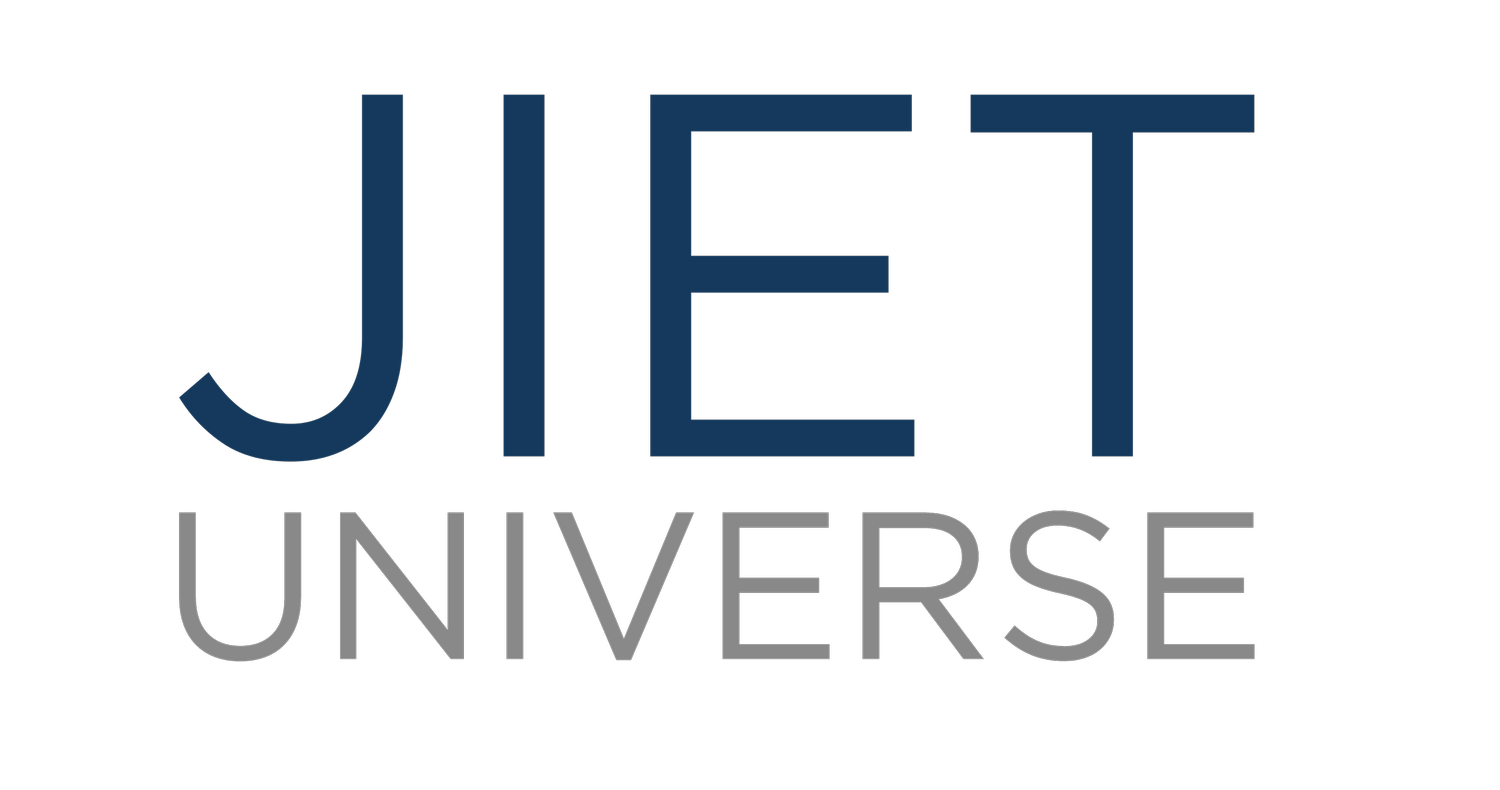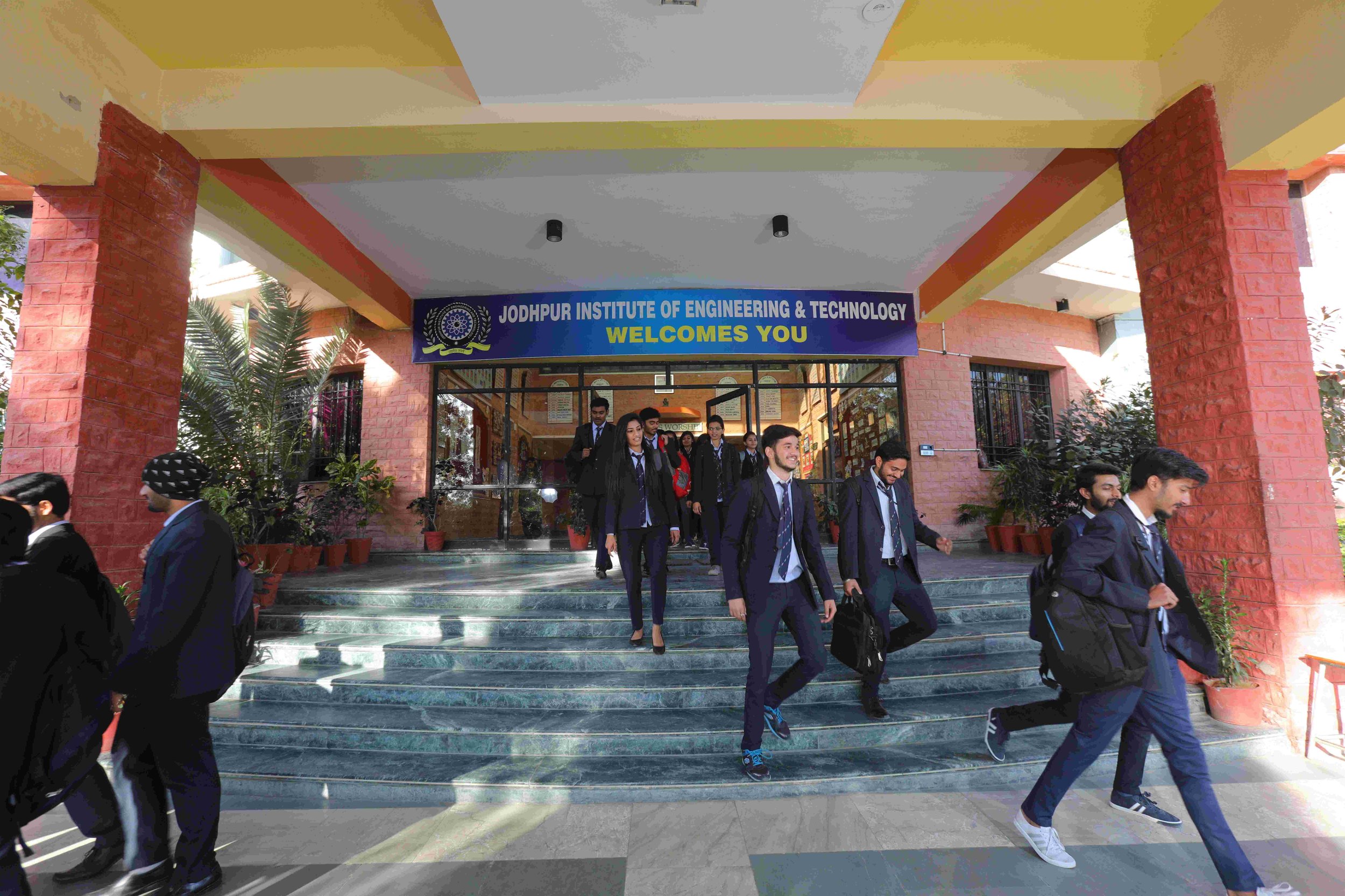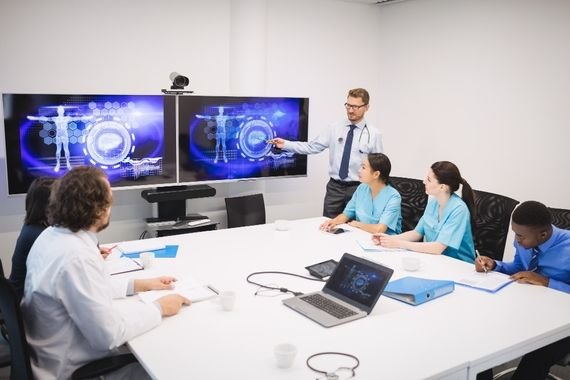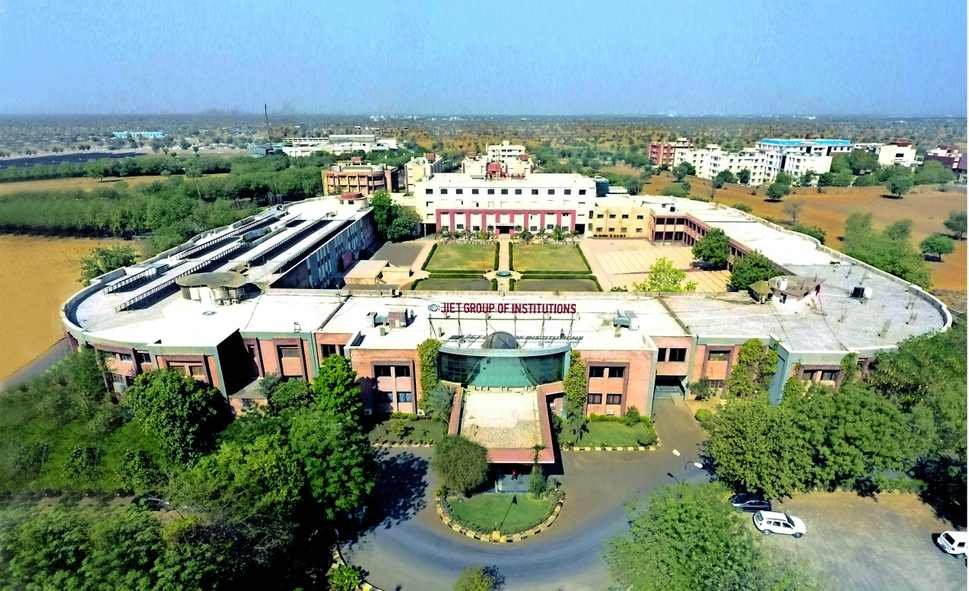Human resources Information technology system
Human resource management (HRM) helps to measure the value of employees, which helps management to take the vital decisions related to human resources in order to increase production. It requires the measurement of the performances of an organization and the optimum use of the resources under its direct and indirect control. It is therefore important to properly monitor the performance, efficiency and improvement of processes in managing the human resources and to calculate the value and understand and interpret this value of the human resource. To manage this large quantity of data, sophisticated hardware and software is needed to keep track of the progress of each monitoring system that must be put in place for Human Resources Information Systems (HRIS).
The Human Resource Information System (HRIS) is a software or online solution for the data entry, data tracking, and data information needs of the Human Resources, payroll, management, and accounting functions within a business. Its primary focus is on establishing integrated systems for the administration and deployment of strategic Human Resource information, programs, and services.
With an appropriate HRIS, Human Resources staff enables employees to do their own benefits updates and address changes, thus freeing HR staff for more strategic functions. Additionally, data necessary for employee management, knowledge development, career growth and development, and equal treatment is facilitated. Finally, managers can access the information they need to legally, ethically, and effectively support the success of their reporting employees.
A major objective of HRIS is to increase Human Resource Management's capacity to leverage and assimilate new and emerging technologies; streamline workflow; maximize accuracy, reliability, and validity of workforce data; and ease deployment and collection of data and information.
HRIS merges HRM as a discipline and in particular, its basic HR activities and processes with the information technology field, whereas the programming of data processing systems evolved into standardized routines and packages of enterprise resource planning (ERP) software. On the whole, these ERP systems have their origin in software that integrates information from different applications into one universal database.
Human Resources information technology is essential for companies to manage their benefits plans and their employee information. Benefits management technology is no longer a “nice to have,” but a necessity to help HR manage both a sea of information and the money spent on benefits plans, as HR faces limited resources and constantly changing data.
The Human Resource Information Systems (HRIS) provide overall:
Management of all employee information.
Company-related documents such as employee handbooks, emergency evacuation procedures, and safety guidelines.
Reporting and analysis of employee information.
Benefits administration including enrollment, status changes, and personal information updating.
The HRIS that most effectively serves companies tracks:
Attendance and PTO use,
Performance development plans,
Personal employee information, and occasionally,
High potential employee identification, and
Applicant tracking, interviewing, and selection.
The use of computers has made it possible for HR managers to collect data on employee preferences and behavior across the organization. Thus, the costs and benefits of HR programs can be analyzed much more effectively than in the past.

















